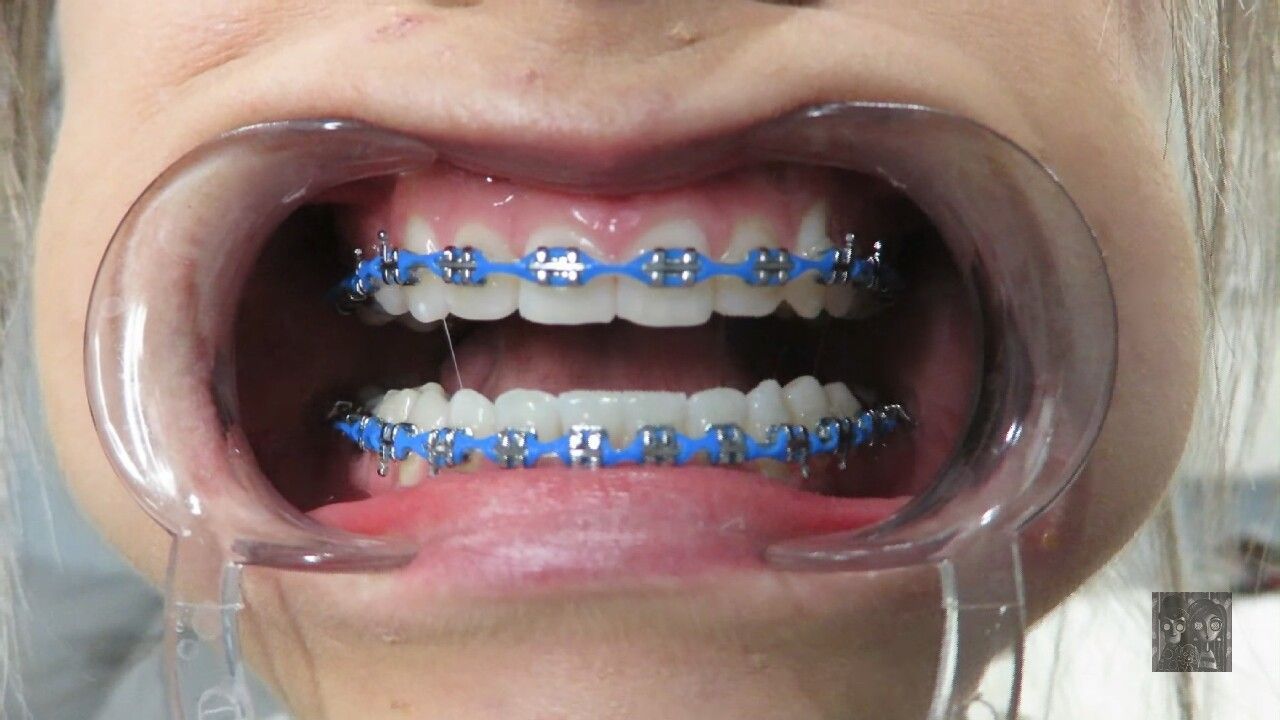Teeth Shaved Down: Fixing Bite Issues
The complexities of the human mouth, where a delicate balance of form and function can make all the difference in our overall health and comfort. One common issue that can disrupt this balance is a misaligned bite, where the upper and lower teeth do not fit together properly. This can lead to a range of problems, from jaw pain and headaches to difficulty chewing and speaking. In some cases, the solution may involve a procedure known as teeth shaving, where a dentist carefully shaves down certain teeth to improve the bite. But what exactly does this involve, and how can it help?
Understanding the Basics of Bite Issues
Before diving into the specifics of teeth shaving, it’s essential to understand the basics of bite issues. A normal bite, also known as occlusion, occurs when the upper and lower teeth fit together seamlessly, with the upper teeth slightly overlapping the lower teeth. However, when the teeth do not align properly, it can lead to a range of issues, including:
- Overbite: The upper teeth overlap the lower teeth too much, which can cause wear and tear on the lower teeth.
- Underbite: The lower teeth overlap the upper teeth, which can lead to difficulties with chewing and speaking.
- Crossbite: The upper teeth bite inside the lower teeth, which can cause uneven wear and strain on the jaw.
The Teeth Shaving Procedure
Teeth shaving, also known as occlusal adjustment or equilibration, is a procedure where a dentist uses a drill or other instrument to carefully shave down certain teeth to improve the bite. This procedure is typically performed on teeth that are causing the bite issue, such as teeth that are too long or too pointed.
The procedure typically involves the following steps:
- Initial Consultation: The dentist will examine the patient’s teeth and bite to determine the cause of the issue and develop a treatment plan.
- Anesthesia: The dentist may use a local anesthetic to numb the area before starting the procedure.
- Shaving: The dentist will use a drill or other instrument to carefully shave down the selected teeth.
- Bite Adjustment: The dentist will adjust the bite to ensure that the upper and lower teeth fit together properly.
Benefits of Teeth Shaving
Teeth shaving can provide several benefits, including:
- Improved Bite: The procedure can help improve the alignment of the teeth, reducing issues with chewing, speaking, and jaw pain.
- Reduced Wear and Tear: By shaping the teeth to fit together properly, teeth shaving can reduce the wear and tear on the teeth, which can help prevent further damage.
- Enhanced Comfort: The procedure can help alleviate jaw pain, headaches, and other discomforts associated with a misaligned bite.
Alternatives to Teeth Shaving
While teeth shaving can be an effective solution for bite issues, it’s not always the only option. In some cases, alternative treatments may be recommended, such as:
- Orthodontic Treatment: Braces or other orthodontic appliances can help realign the teeth and improve the bite.
- Dental Restorations: Crowns, veneers, or other restorations can help reshape the teeth and improve the bite.
- Bite Guards: A bite guard, also known as a mouthguard, can help protect the teeth from further wear and tear.
Conclusion
Teeth shaved down to fix bite issues is a common procedure that can provide significant benefits for individuals suffering from misaligned bites. By understanding the basics of bite issues and the teeth shaving procedure, individuals can make informed decisions about their treatment options. While teeth shaving can be an effective solution, it’s essential to consult with a qualified dentist to determine the best course of treatment for each individual case.
What are the risks associated with teeth shaving?
+While teeth shaving is generally considered safe, there are some risks to consider, including tooth sensitivity, nerve damage, and uneven wear on the teeth. It's essential to consult with a qualified dentist to discuss the potential risks and benefits.
How long does the teeth shaving procedure take?
+The length of the procedure can vary depending on the complexity of the case and the number of teeth being treated. In general, the procedure can take anywhere from 30 minutes to several hours.
Is teeth shaving a permanent solution?
+Teeth shaving can be a permanent solution for some individuals, but it may not be for others. The longevity of the procedure depends on various factors, including the individual's oral health, bite, and lifestyle. Regular dental check-ups and maintenance can help extend the life of the procedure.
Note: The above content is a sample article generated based on the provided guidelines. It is not intended to be a real article, but rather a demonstration of the structure and content that can be created using the specified parameters.


